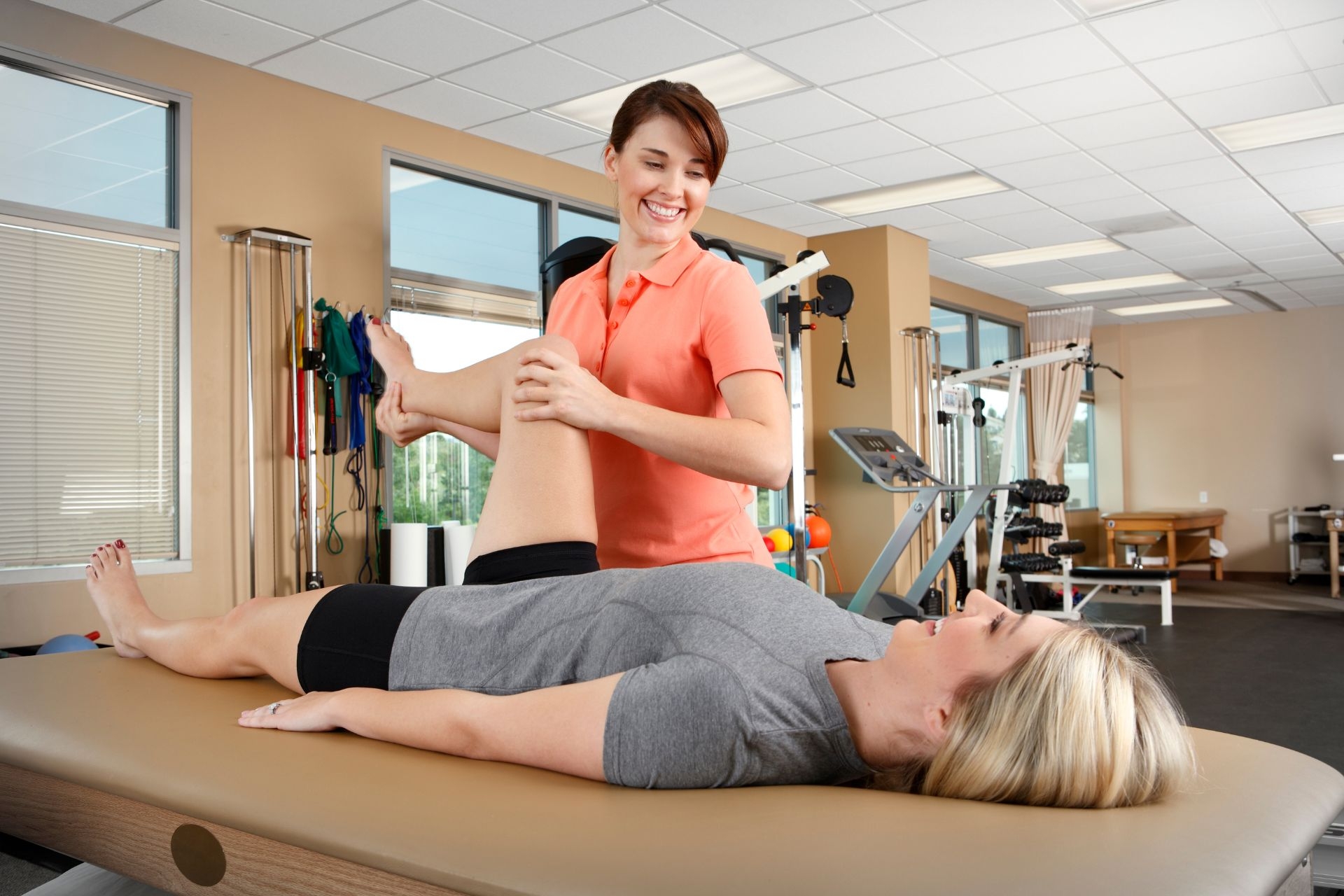Partial Reps
What are the benefits of incorporating partial reps into a workout routine?
Incorporating partial reps into a workout routine can provide several benefits. By performing partial reps, individuals can target specific points in the range of motion where the muscle is under the most tension, leading to increased muscle activation and growth. Additionally, partial reps can help individuals work through sticking points in their lifts, allowing them to push past plateaus and continue making progress in their strength training.
Techniques and Exercises Utilized In Resistance Training Routines



